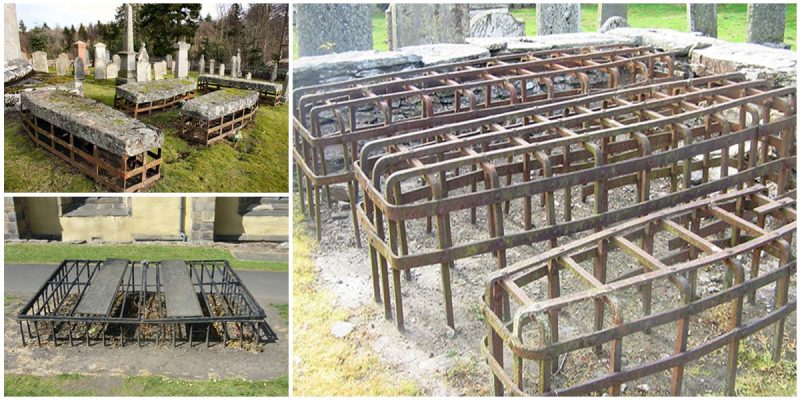In 18th century Scotland, there was a high demand for human cadavers for medical students to use in their studies. Fresh bodies were of great value to the university medical schools but, in those times, people were not as keen to donate their bodies to science and the supply of bodies for dissection was limited; usually, the bodies of executed criminals were used, donated by the Government. However, even those were often hard to obtain because of public revulsion against the practice.
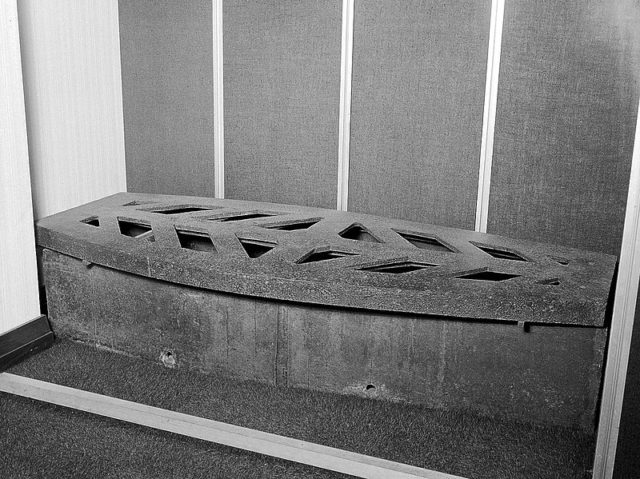
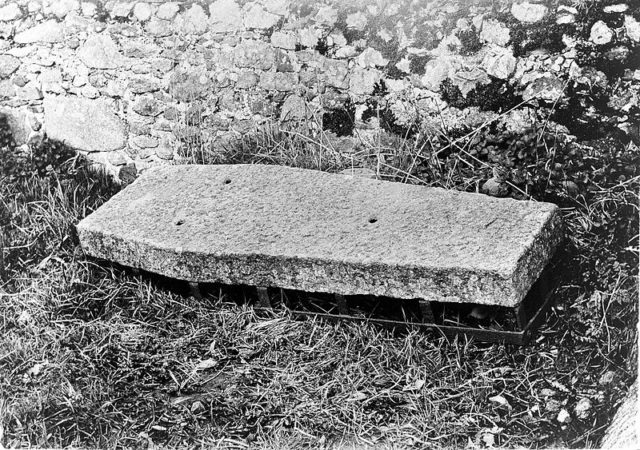
Because medical schools could only dissect the bodies of executed criminals, the theft of dead bodies in England was a common occurrence in the early 19th century. Grave robbers used to dig up newly buried bodies and sell them to the schools.
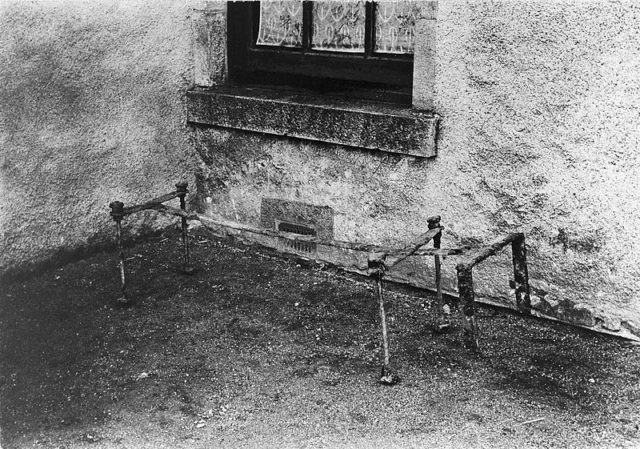
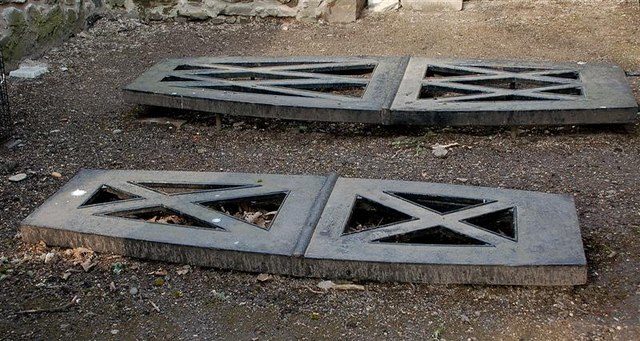
Many people were determined to protect the graves of newly deceased friends and relatives. A Mortsafe, or Mort Safe, was an iron coffin or framework which protected a grave to prevent the body from being dug up and taken away for medical research. They came in a number of different designs, but the one thing that they had in common was their weight, which would make exhumation of the recently deceased impossible.
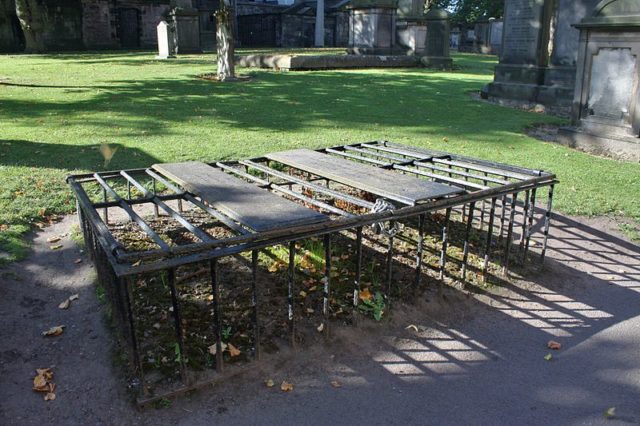
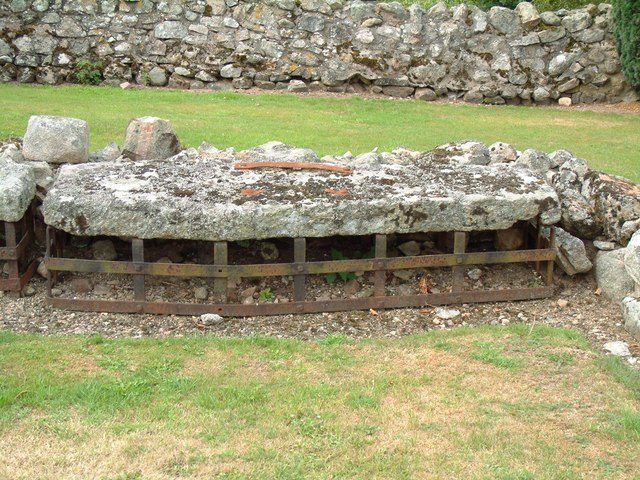
A plate was placed over the coffin and rods with heads were pushed through holes in it. Then, another plate (either stone or iron) was placed over the first to form extremely heavy protection. This heavy iron frame was buried with the coffin and then removed when the body had decayed enough to be of no value. Mort-safes could be used over again and again.
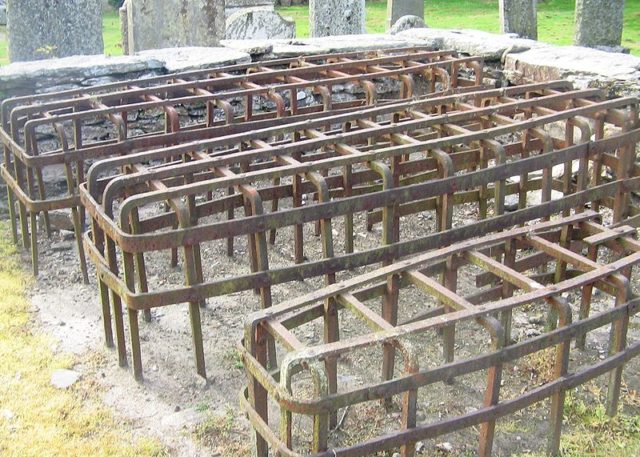
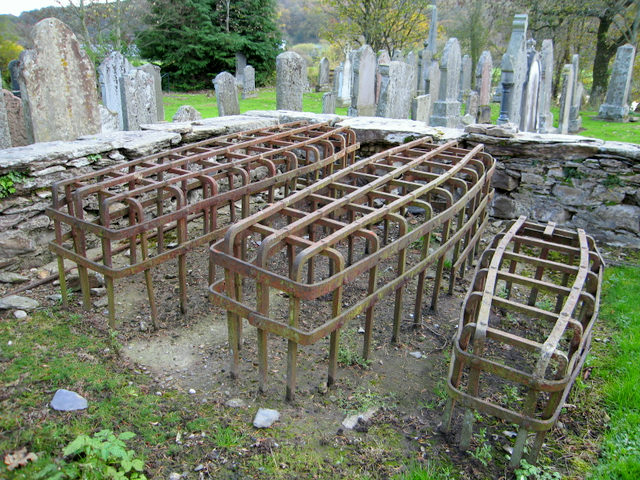
Mortsafes now can mainly be found lying in churchyards and burial grounds, some are very broken and rusting away. One model in Greyfriar’s Kirkyard holds three spaces for coffins, has a complex padlock system with interlocking bars, and can only be opened when two locks with different keys (often given to two separate church members) are unlocked.
The Mortsafes in Cluny kirkyard date to the early 1800s and consist of a large granite slab with an iron cage.
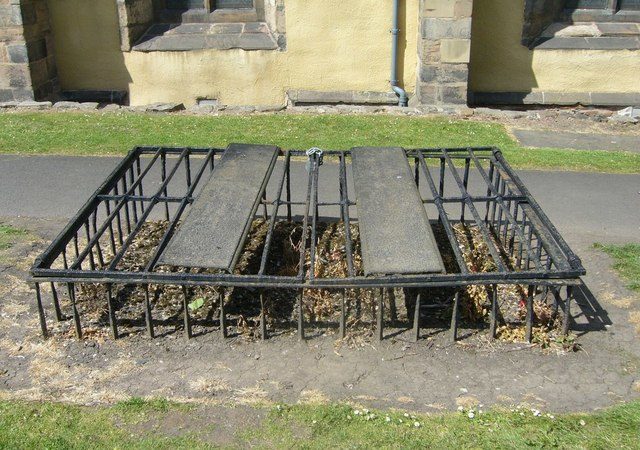
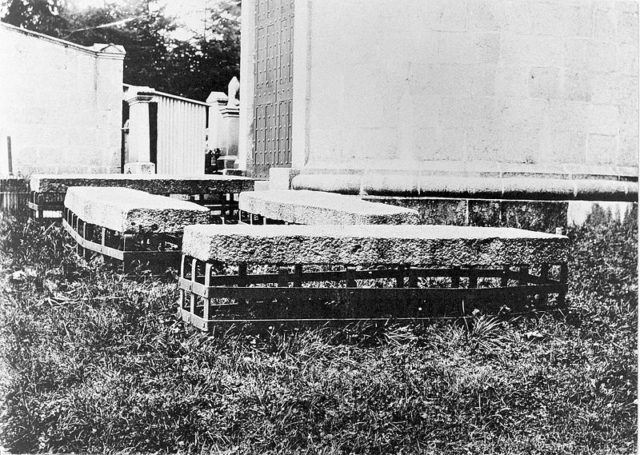
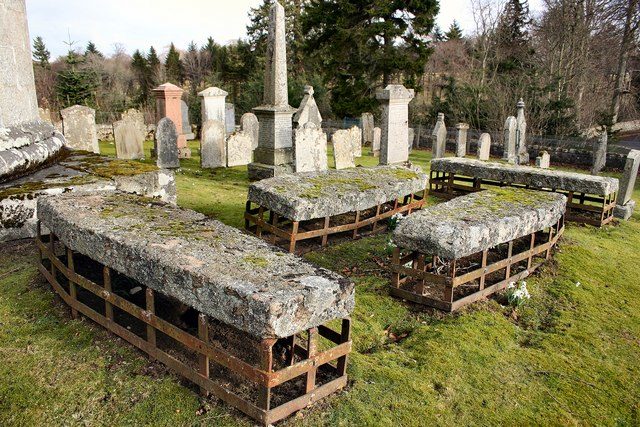
The age of the mortsafe came and went within a couple of decades. The Anatomy Act of 1832 was passed and surgeons could legally obtain cadavers.
This effectively ended the trade in body snatching. Mortsafes were no longer required and most of them were recycled or put to other uses. The few remaining mortsafes reveal just how real the threat once was.
